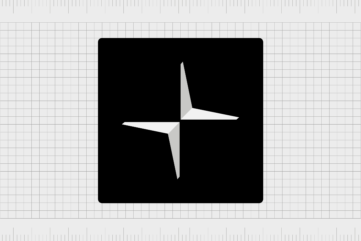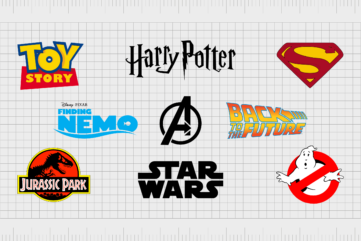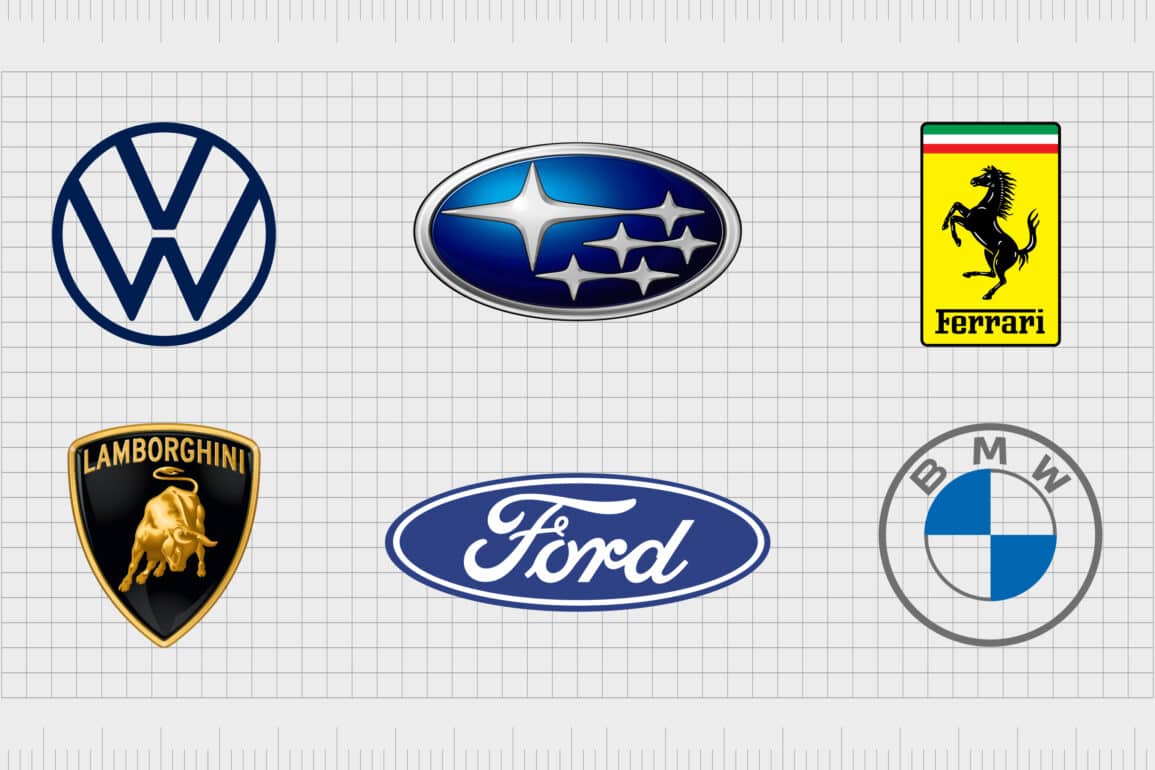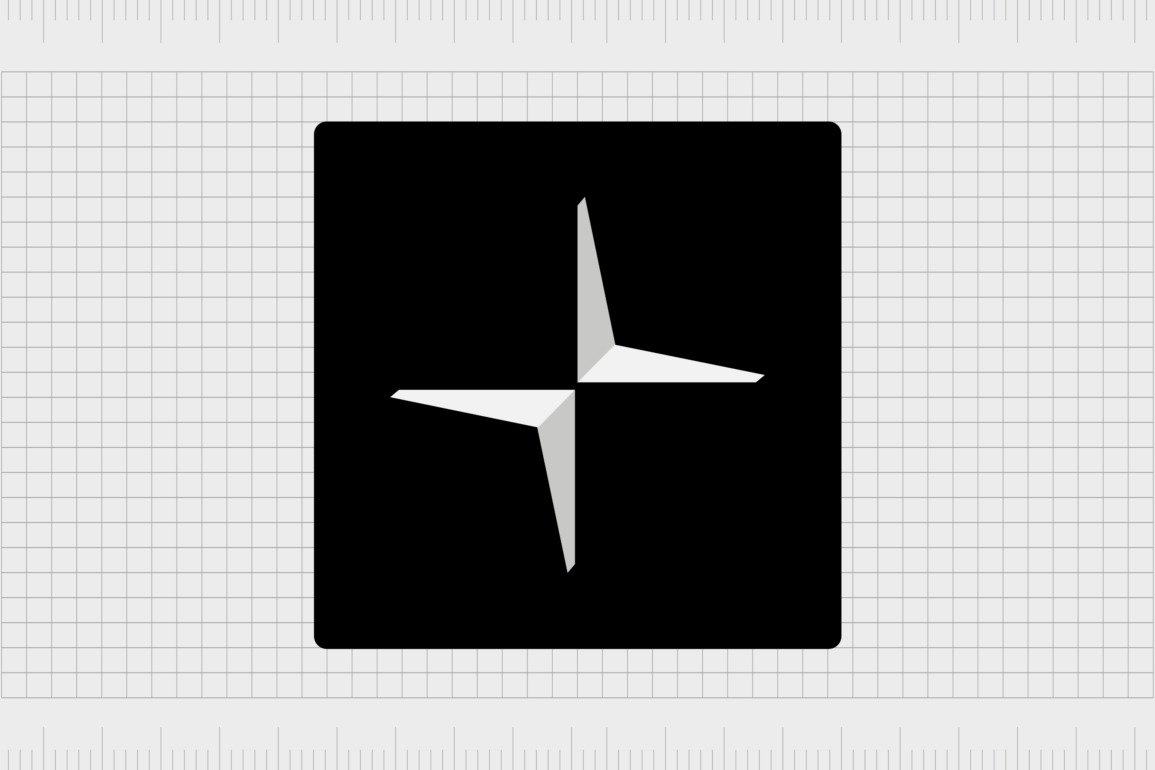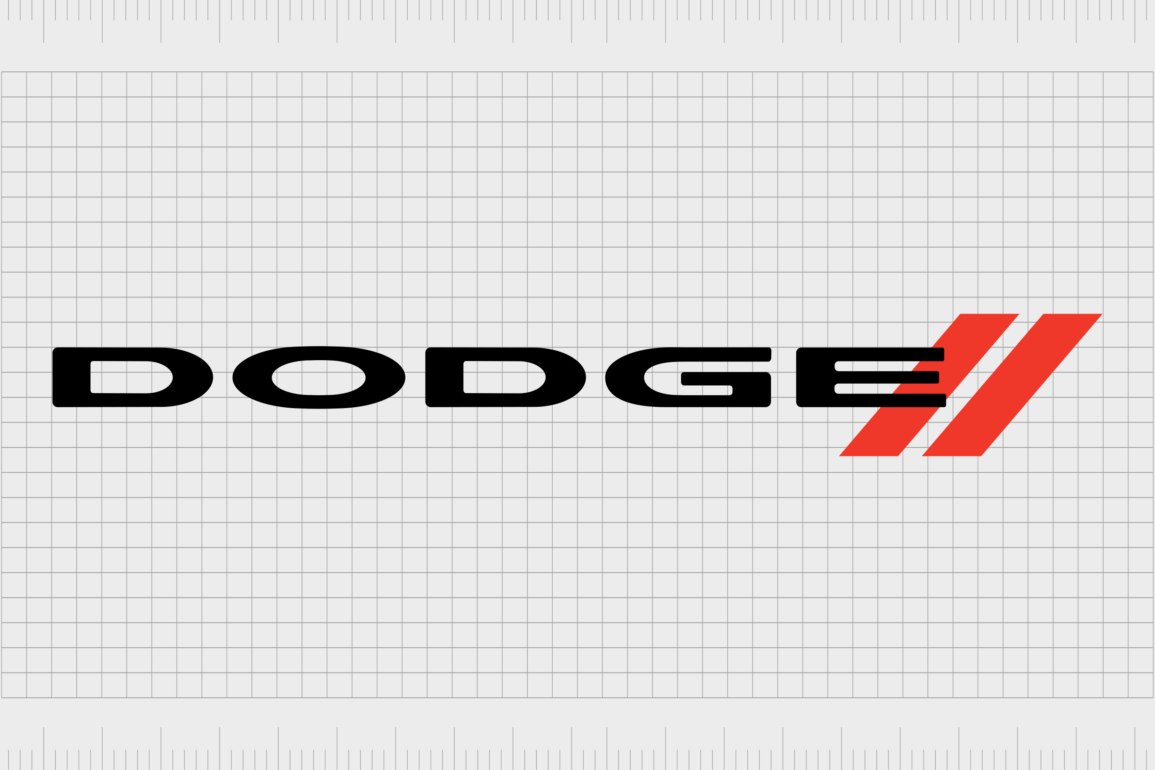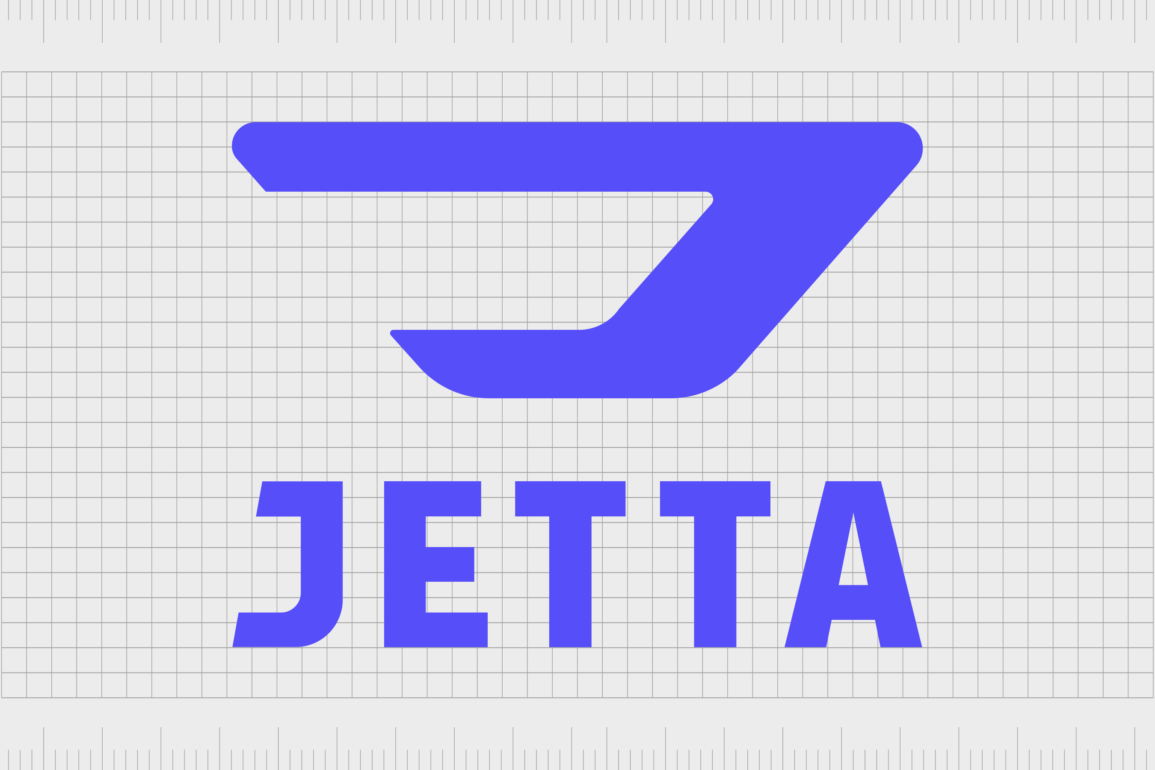7-Eleven logo history: The 7-Eleven symbol meaning

How much do you know about the 7-Eleven logo? Even if you’re not in the United States, where 7-Eleven stores are located on virtually every street corner, you’re probably familiar with this unique and eye-catching emblem.
After all, the American multinational convenience store has emerged as one of the better-known brands in the industry.
While 7-Eleven might be best known for its iconic selection of frozen drinks (like the Slurpee) and its low-priced goods, there’s something to be said about its brand image. At first glance, it might look like any other wordmark featuring a combination of a word and a number.
However, on closer inspection, the 7-Eleven logo has several thought-provoking components.
Why is the “eleven” spelled out while the “7” isn’t? What made the company choose a lowercase “n” when the rest of the word is in uppercase? And what do the colors red, orange, and green have to do with convenience?
Today, we’re taking a closer look at the 7-Eleven logo emblem and its evolution.
7-Eleven History: An introduction to 7-Eleven
7-Eleven is a successful chain of American convenience stores headquartered in Dallas, Texas. Today, the store operates, licenses, and franchises over 78,000 stores in 19 countries and territories. It was also named the most successful franchise in the world in 2017.
Initially, the company launched in 1927 as “Tote’m stores” after the Southland Ice Company decided to create a new brand for selling grocery items and convenience store staples.
The name “Tote’m” stores was chosen to remind customers of “Toting” away the items they bought. The original logo also had an image of a large Totem pole for the “T.”
By 1946, Southland owned several stores under the Tote’m brand and various stores under the name “City Ice.”
The company decided to give all of its locations the same common name, and Tracy-Locke Advertising selected the title “7-Eleven” to reflect one of its biggest selling points – its extended hours of operation.
Why is 7-Eleven called 7-Eleven?
While long hours for convenience stores may seem commonplace today, they were unprecedented when 7-Eleven chose its name and branding. In 1963, the company even experimented with a 24-hour schedule in Texas to help satisfy rising customer demand.
Ultimately, the company chose its name and the new 7-Eleven logo to draw attention to the feature, which helped to differentiate it from other stores of the age.
Even as many companies began opening 24 hours per day throughout the United States, the organization has maintained its highly recognizable name, perhaps as a nod to its history.
7-Eleven logo history: The evolution of the 7-Eleven symbol
The 7-Eleven evolution throughout the years has been an interesting one to watch. The company started with a completely different name and image before it embraced the identity most of us know today. Here’s an insight into how the 7-Eleven symbol has changed over the years.
1927

7-Eleven history began with the introduction of the Tote’m stores in 1927. The company used a large wooden totem as the “T” for the beginning of its wordmark, with various animals carved into the sculpture.
The rest of the image was also highly detailed, with multiple components designed to draw attention. A tagline even highlighted the company’s operation throughout the year.
1946

The year 1946 marked 7-Eleven’s transition to its new name, chosen to celebrate the expanding operational hours of the stores.
The new name came with a new logo that showcased the company’s availability to potential customers. The new sign was a cloud-shaped emblem with a large red 7 in the background and the word “Eleven” depicted in all capital letters.
The 1946 logo also included many colors associated with 7-Eleven today, including a bright red shade and a rich green hue.
1946

In 1946, 7-Eleven updated its logo slightly to make it more appealing to a broader market. The name “7-Eleven” was placed in a white trapezoid, with the wordmark becoming much smaller than the larger, bold “7”.
The colors were primarily the same in this image, though they were slightly refined and darkened to make the emblem appear more modern and confident.
This design succeeded for the 7-Eleven symbol and remained with the brand for over 20 years. It also helped to inspire following iterations of the new 7-Eleven logo.
1969

The image introduced in 1969 was an enhanced version of the old 7-Eleven logo, with slightly brighter colors and a change to the typeface. The “7” was now broken into two elements: an orange bar at the top and a curved red line to the right.
The design looks similar to the break in a road, perhaps referencing a customer’s journey to the store.
Perhaps the critical element changed in this logo was introducing a lowercase “n.” The lowercase “n” was apparently intended to make the design appear more welcoming, as the uppercase alternative was deemed too “aggressive.”
1978

In 1978, the 7-Eleven logo was updated again, with a slightly different green shade and some new shapes. A simple rectangle replaced the green circle in the previous badge, and the positioning of the logo meant the top of the 7 reached the highest horizontal bar for the design.
This design was slightly more playful than its predecessor, largely thanks to its use of brighter colors. The unique lowercase “n” remained the same.
1989

The most recent version of the new 7-Eleven logo was introduced in 1986 and remains with the company today. It’s a mixture of many of the previous versions. The white trapezoid is still in place, and the large “7” features its disjointed segments in orange and red.
The word “Eleven” is perfectly positioned to ensure it matches the alignment of the more prominent “7” symbol. There’s also a deep green rectangular background, which matches the shade of the font.
Why is the “n” in 7-Eleven lowercase?
While many factors help the 7-Eleven symbol stand out in today’s convenience store landscape, from its coloring to its use of shapes, it’s the unusual components that often capture the most attention.
For example, people still don’t know why the company was called 7-Eleven, and not Seven Eleven or 7-11.
We also don’t know why the company chose the colors green, red, and orange. What we do know is the Southland President, Joe Thompson, responsible for guiding the design of the logo, asked for a color scheme that would stand out when placed on signs outdoors.
That could be why the color choices are so bold and bright.
Perhaps the most confusing of all is the lowercase “n.” The rest of the wordmark for “Eleven” is depicted entirely in uppercase, so the lowercase “n” makes no sense on the first inspection.
However, according to reports, Thompson’s wife suggested the logo did seem too harsh or aggressive with all capital letters and said the lowercase “n” would make it more graceful.
The new 7-eleven logo, meaning, and elements
Despite its somewhat unusual components, the 7-Eleven logo is a highly successful design for the modern convenience brand. The image looks refined and professional, and it’s simple enough for consumers to remember, even after just one quick glance.
The bright colors and bold geometric shapes make the image instantly recognizable and help it to stand out from the competition.
You can find some helpful 7-Eleven logo resources here if you want to dive deeper into your research:
What font is the 7-Eleven logo?
The 7-Eleven logo font is a unique typeface explicitly designed for the brand. It’s a simple, sans-serif solution with a bold impact, written in a deep shade of green. The design is similar to the Filmotype Manchester font, with some subtle differences.
The inscription looks elegant and robust at the same time, thanks partly to the lowercase “n,” which balances the image. The lowercase letter also makes the company appear unique, playful, and friendly.
What are the 7-Eleven logo colors?
The 7-Eleven logo color palette has mainly remained the same over the years, with a few minor changes.
Today, the company uses a deep forest shade of green, a bright hue of orange, and engaging red to capture the attention of its audience. These colors are associated with creativity, passion, growth, and reliability.
The codes for the 7-Eleven colors are:
Orange:
Hex: #F4811F
RGB: 244, 129, 31
Green:
Hex: #008163
RGB: 0, 129, 99
Red:
Hex: #EE2526
RGB: 238, 37, 38
The unique 7-Eleven logo
A closer inspection of the 7-Eleven logo reveals a unique and eye-catching emblem, ideal for a company striving to stand out in a growing marketplace. Though there are some confusing parts to this logo, the components convey the personality of a business with exceptional creativity.
The 7-Eleven symbol today is professional, bold, and eye-catching, with just a hint of playfulness. It’s perfect for making customers stop and take notice.
Fabrik: A branding agency for our times.


